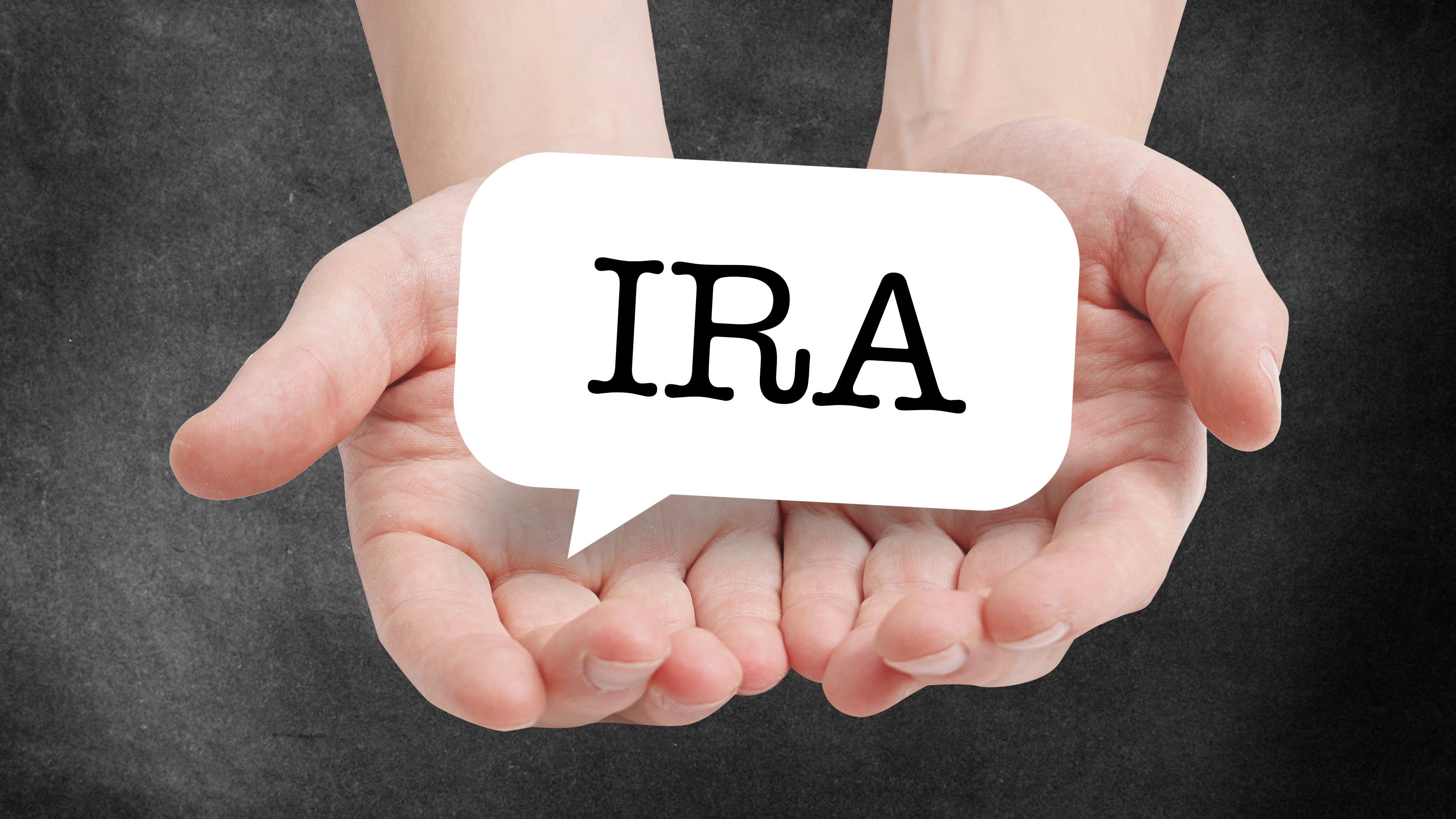IRA Showdown: Traditional vs. Roth – Which Is Right for You?

Planning for retirement can often feel like navigating a complex maze, with countless decisions to make along the way. One important choice to make is selecting the right Individual Retirement Account (IRA). Two popular options stand out: the Traditional IRA and the Roth IRA. Understanding the differences between these accounts and how they align with your financial goals is crucial for maximizing your retirement savings. Let’s break down the key features, benefits, and drawbacks of each type to help you decide which IRA is right for you.
Understanding Traditional IRAs
-
Tax Benefits and Contributions: A Traditional IRA allows you to make contributions with pre-tax dollars, meaning the money you contribute is deductible from your taxable income in the year you make the contribution. This can lower your overall tax bill, providing immediate tax relief.
-
Growth and Withdrawals: The funds in a Traditional IRA grow tax-deferred, which means you don’t pay taxes on the earnings until you withdraw the money.
-
Who Benefits Most: Traditional IRAs can be particularly beneficial if you expect to be in a lower tax bracket during retirement than you are now. The upfront tax deduction can be a significant advantage for high-income earners looking to reduce their taxable income today.
Understanding Roth IRAs
-
Tax Benefits and Contributions: In contrast to Traditional IRAs, Roth IRAs are funded with after-tax dollars. This means you do not get a tax deduction for your contributions. Additionally, Roth IRAs typically don’t require RMDs (required minimum distributions).
-
Growth and Withdrawals: Since Roth IRAs are funded with after-tax money, the earnings grow tax-free, providing a significant benefit when you begin withdrawals. Roth IRAs are particularly attractive for those looking to maximize their tax-free growth potential.
-
Who Benefits Most: Roth IRAs are ideal for people who expect to be in the same or a higher tax bracket during retirement. Young professionals and those early in their careers might prefer Roth IRAs due to the potential for their incomes, and consequently, their tax brackets, to rise over time.
Key Differences and Considerations
-
Current vs. Future Tax Rates: If you believe you will be in a higher tax bracket in retirement, a Roth IRA might be more advantageous. However, if you expect your income to decrease in retirement, a Traditional IRA could provide better tax benefits.
-
Flexibility in Withdrawals: Roth IRAs offer more flexibility regarding withdrawals. You can withdraw your contributions (but not the earnings) at any time without penalties or taxes, which can be helpful in emergencies. Traditional IRAs, on the other hand, charge a penalty, making early access to funds more costly.
-
Income Limits and Eligibility: Eligibility for Roth IRA contributions is subject to income limits, while there are no income limits for contributing to a Traditional IRA.
Which IRA Is Right for You?
Deciding between a Traditional IRA and a Roth IRA depends a lot on your individual financial situation and retirement goals. If you prioritize immediate tax deductions and expect to be in a lower tax bracket during retirement, a Traditional IRA may be the better choice. However, if you prefer tax-free growth and withdrawals and expect to be in a higher tax bracket in the future, a Roth IRA might be more suitable. Consulting with a retirement planning professional can provide personalized advice tailored to your specific circumstances and help you make the best choice for a secure and prosperous retirement.






